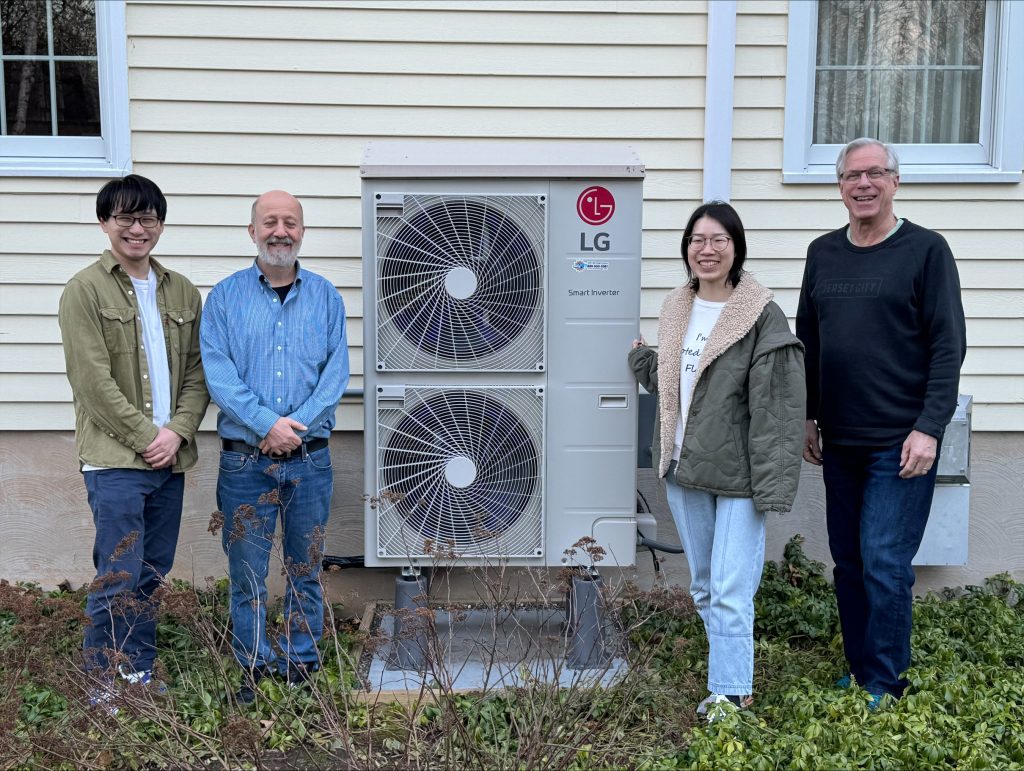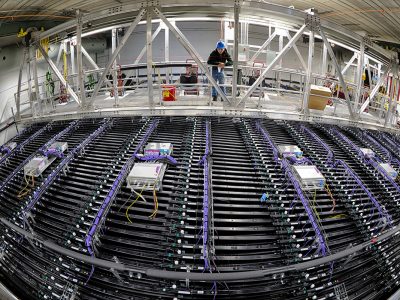Syracuse Center of Excellence in Environmental and Energy Systems (SyracuseCoE) is pleased to announce that Syracuse University has been awarded a major research and demonstration project through the United States Department of Energy (DOE) Building America Program to study applied energy losses in heat pumps.
 Building America works closely with industry, academia and community-based organizations to advance commercial building and residential housing performance solutions. Following a request for proposals from DOE’s National Renewable Energy Laboratory (NREL), awards were granted to nine teams of experts from around the country to develop, scale and implement solutions that advance energy efficiency in residential buildings.
Building America works closely with industry, academia and community-based organizations to advance commercial building and residential housing performance solutions. Following a request for proposals from DOE’s National Renewable Energy Laboratory (NREL), awards were granted to nine teams of experts from around the country to develop, scale and implement solutions that advance energy efficiency in residential buildings.
The “Reducing Applied Losses in Heat Pumps” project is led by Principal Investigator Ian M. Shapiro, a professor of practice in mechanical and aerospace engineering and the associate director of building science and community programs. “Our focus will be on reducing what we call applied energy losses in heat pumps,” says Shapiro. “We believe that we can substantially reduce energy use just by helping people make better choices in installation and operation. If this hypothesis is correct, it will help people in affordable housing reduce energy costs, reduce carbon emissions, and reduce the impact of electrification on the electric grid.”
This project will focus on improving efficiencies in air-source heat pumps by reducing applied losses. With SyracuseCoE as the team lead, project stakeholders also include the College of Engineering and Computer Science (ECS), the Association for Energy Affordability (AEA) based in New York City, and Taitem Engineering based in Ithaca, New York. This retrofit solutions team will receive $1 million in funding over five years.

In addition to Shapiro, affiliated faculty will include Professors Jianshun “Jensen” Zhang and Bing Dong. Zhang is a professor of mechanical and aerospace engineering at ECS and the executive director of SyracuseCoE. Dong is an associate professor of mechanical and aerospace engineering at ECS and SyracuseCoE’s associate director of Grid-Interactive Buildings. The team will leverage local partnerships and access to SyracuseCoE’s unique testbed facilities to refine heat pump technology and operation and expand their application in underserved communities. “The DOE Building America Program has profoundly impacted the advancement of housing technologies and practices for new construction. SyracuseCoE is proud to host and support the project with state-of-the-art facilities and contribute to improving energy efficiency and indoor environmental quality through effective retrofitting solutions for existing buildings,” says Zhang.
Each of the nine selected awardees is given a period of one to five years to scale and implement their proposed retrofit solution appropriately. A complete list of awards is available from DOE’s Office of Energy Efficiency and Renewable Energy.



